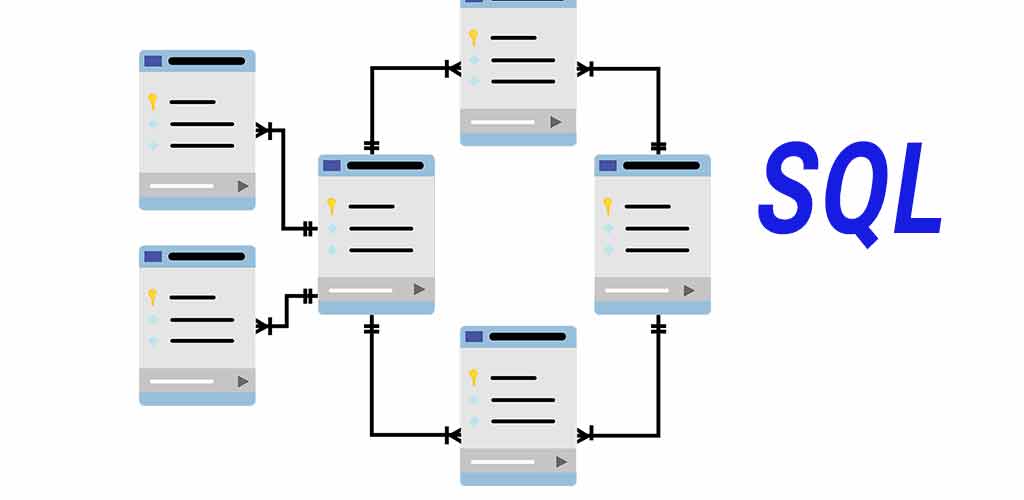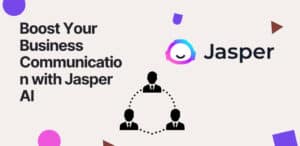Want to learn SQL but don’t know how? Learn SQL quickly and easily with the power of AI and modern tools like Jasper, ChatGPT, or copy.ai.
SQL (Structured Query Language) is a programming language used to manage and manipulate relational databases. It is a powerful tool for data management and analysis, and it is widely used in various fields, including business, web development, data science, and server administration.
Whether you are a beginner just starting out with SQL or an experienced professional looking to expand your knowledge and skills, there is always something new to learn about this versatile programming language. In this blog post, we have compiled 50+ prompts covering various aspects of SQL.
You can copy and paste the prompt into your favorite AI text generation tool.
Table of Contents
Introduction to SQL
These prompts will help beginners to get started with SQL and familiarize themselves with basic SQL concepts.
Data Manipulation with SQL
These prompts will help users learn how to manipulate data with SQL, including inserting, updating, and deleting records.
Advanced SQL Techniques
These prompts will cover advanced SQL techniques, including using aggregate functions, creating and modifying views, and working with complex queries.
SQL for Business Applications
These prompts will cover how SQL can be used in a business context, including working with customer data, sales data, and financial data.
SQL for Web Development
These prompts will cover how SQL can be used in web development, including working with databases, creating and querying tables, and interacting with web applications.
SQL for Data Science
These prompts will cover how SQL can be used in data science, including working with large datasets, performing complex queries, and integrating SQL with other data analysis tools.
SQL for Server Administration
These prompts will cover how SQL can be used for server administration tasks, including managing user accounts, backups, and security.
How useful was this post?
Click on a star to rate it!
Average rating 4.8 / 5. Vote count: 8
No votes so far! Be the first to rate this post.







